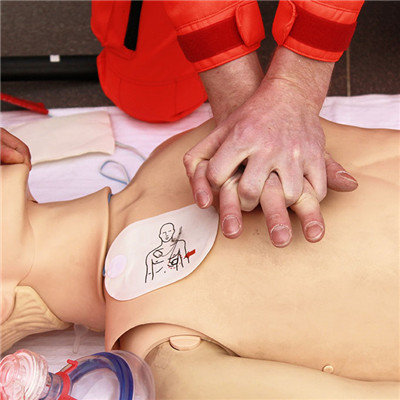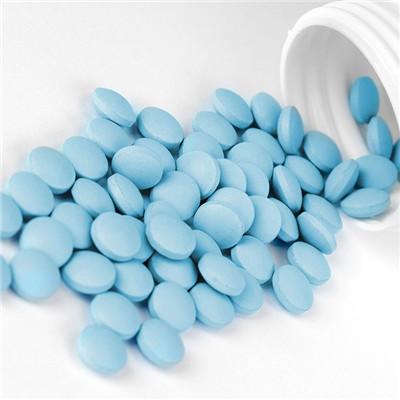What does traumatic shock mean?
summary
Traumatic shock is due to the body suffered from violence, the occurrence of important organ injury, severe bleeding and other conditions, so that patients with effective circulation blood volume decreased sharply, microcirculation perfusion is insufficient; As well as severe pain after trauma, fear and other factors of the body compensatory imbalance syndrome. Therefore, the etiology and pathology of traumatic shock are more complicated than that of simple hemorrhagic shock. What does traumatic shock mean? Let's talk about it
What does traumatic shock mean?
In the early stage of shock, the brain tissue hypoxia was mild, and the wounded were excited, irritable, anxious or excited. With the development of the disease, the brain tissue hypoxia aggravated, and the wounded were indifferent and fuzzy in expression, and coma in the late stage. When the peripheral small blood vessels contracted and the blood flow of microvessels decreased, the skin color was pale, and later due to hypoxia and congestion, the skin color was blue and purple.

Clinically, the level of blood pressure is often used as the basis for the diagnosis of shock. But in shock compensation period, because of the increase of peripheral vascular resistance, systolic blood pressure can be normal, diastolic blood pressure can be increased, pulse pressure can be less than 4.0kpa (30mmhg), and pulse rate can increase quickly, which is easy to be misdiagnosed. Therefore, pulse rate and blood pressure should be observed together.

When the nail bed is pressed by hand, the normal person can fill rapidly within 1 second. When the microcirculation perfusion is insufficient, it indicates that the capillary filling time is prolonged, indicating that the effective circulation blood volume is insufficient. Peripheral blood vessels contracted, skin blood flow decreased, limb temperature decreased, limbs cold.

matters needing attention
The application of vasodilators in shock is more reasonable than vasoconstrictors. In addition to the further understanding of shock pathophysiology and vasoactive drugs, they are rarely used alone α or β Acceptor stimulants are more likely to be used α and β Two functional drugs.















